-
This is a 24-hour snapshot for a day in the life of Americans.
-
[arve url=”https://www.youtube.com/watch?v=5q87K1WaoFI” loop=”no” muted=”no” /]
For their 5 Levels series, Wired brought in Hilary Mason to explain machine learning at five levels of difficulty. Mason’s explanations are super helpful at every level.
-
Robert Gebeloff, Denise Lu and Miriam Jordan for The New York Times looked at overall increases and variation within the Asian population:
North Dakota, South Dakota, Texas, North Carolina and Indiana are among states that experienced major growth in the past decade. And people of Asian descent have been settling in ever larger numbers in states like West Virginia, where the overall population has declined.
-
For NYT Opinion, Josh Bivens and Stuart A. Thompson argue that you don’t need to panic about inflation:
It may surprise many Americans that even during times of strong growth and very low inflation (like the late 1990s) or weak growth and low inflation (like the years following the Great Recession), more than half of all goods and services are usually experiencing price increases. In part, this is because it is awfully hard for employers to cut nominal wages, even in a recession. And economists see some mild, steady economy-wide inflation as a sign of a healthy economy. The Fed, for instance, actively targets an average overall inflation level of 2 percent per year.
I like the mini visual cues in the body text so that you don’t have to scroll or refer back to the full chart to see what they’re talking about.
-
With professional basketball, we often hear about carry jobs. There’s one star player who carries everyone else to a championship. Russell Goldenberg for The Pudding looked for the biggest carry jobs in NBA Finals history.
-
Members Only
-
After looking at how much time we spent on daily activities in 2020, let’s look at when we spent our time.
-
Generative art seems to be having a moment right now, so it’s only appropriate that there’s an R package to help you make some. The aRtsy package by Koen Derks makes algorithms more straightforward to use. Set parameters and you’re off.
-
We see percentages for the vaccinated and unvaccinated, and people can easily misinterpret or miscommunicate the results. It’s especially problematic when people are actively trying to confirm misconceptions. For The New York Times, Lauren Leatherby tries to make things clearer imagining two groups: one that is 20% vaccinated and one that is 95% vaccinated.
Vaccines work.
-
Using unit charts, NPR shows the number of people who identify with each race or ethnicity:
[A] different kind of breakdown can show how racial groups are becoming more heterogeneous. This graphic shows the number of people who said they identified with each race, regardless of how many races they chose. For example, if a person said they identified as Black and Asian, they would appear in both racial categories.
-
CNN goes with the dot density map for their first pass on the 2020 decennial. Each dot represents a certain number of people depending on your zoom level. Color represents race or ethnicity.
Does CNN have a limited color palette that they’re allowed to use? I would’ve gone for more contrast between the light blue for white and darker-but-still-light blue for American Indian/Alaskan Native.
See also: Dustin Cable’s racial dot map from 2013 and Erica Fischer’s dot maps of the same flavor from 2010.
-
The New York Times go with the angled arrows to show the shifts in racial population. The red-orange arrows show an increase in the share of white population, and the teal arrows show an increase in the share of people of color. Longer arrows mean a greater percentage point change.
Whereas The Washington Post focused more on the changes for each demographic individually, NYT focused more on how two broad groups compared.
-
Using their peaks and valleys metaphor, The Washington Post shows the shift in racial population between 2010 and 2020. The open triangles, one for each county, show population with width, population growth with height, and fastest-growing race or ethnicity with color.
You might recognize the form from the Post’s 2016 election results, but there’s a small wrinkle when you look at the breakdowns for individual groups. The triangles flip upside down for where population decreased.
-
After a lot of angst over the past few years around undercount, representation, and anonymization, the Census Bureau released detailed data from the 2020 decennial census:
The U.S. Census Bureau today released additional 2020 Census results showing an increase in the population of U.S. metro areas compared to a decade ago. In addition, these once-a-decade results showed the nation’s diversity in how people identify their race and ethnicity.
“We are excited to reach this milestone of delivering the first detailed statistics from the 2020 Census,” said acting Census Bureau Director Ron Jarmin. “We appreciate the public’s patience as Census Bureau staff worked diligently to process these data and ensure it meets our quality standards.”
These statistics, which come from the 2020 Census Redistricting Data (Public Law 94-171) Summary File, provide the first look at populations for small areas and include information on Hispanic origin, race, age 18 and over, housing occupancy and group quarters. They represent where people were living as of April 1, 2020, and are available for the nation, states and communities down to the block level.
-
Lingdong Huang’s project fishdraw seems straightforward on the surface. You go to the page and there’s a drawing of a fish. But then you keep clicking the refresh arrow and realize the fish are procedurally generated, including the name on the bottom. So good.
-
Members Only
-
Ranking countries by medal count change depending on how much value you place on each medal. Should you just count number of medals straight up, or should you give more weight for gold than for silver or bronze? Josh Katz for The New York Times revamped his 2018 interactive for 2020 results, which lets you assign different weights to see how the overall rankings change.
The United States took first and China second, but there are many rank combinations among the rest.
-
How to Use Packed Circles in R
Adjust coordinates, geometries, and encodings with packed circles to make various types of charts.
-
Zach Levitt and Jess Eng for The Washington Post mapped newly developed areas in the contiguous United States, between 2001 and 2019:
Between 2001 and 2019, the built-up landscape of America — buildings, roads and other structures — has expanded into previously undeveloped areas, adding more than 14,000 square miles of new development across the contiguous United States — an area over five times the size of Delaware.
My favorite part is the interactive map, which lets you see development in your area. The purple indicating newly developed areas against the grayscale provides a quick reference.
The maps are based on data from the United States Geological Survey, which you can grab here.

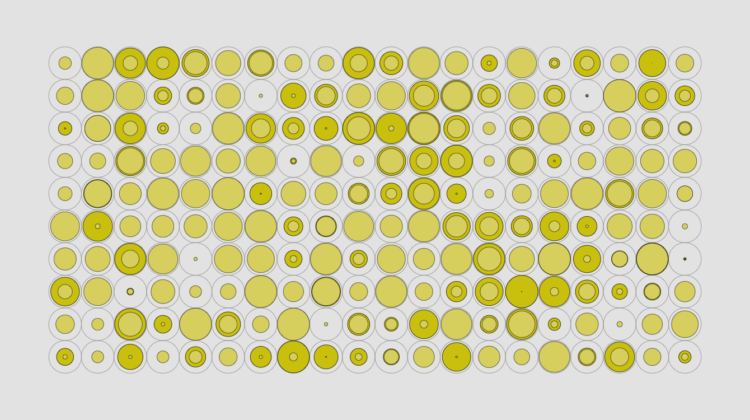
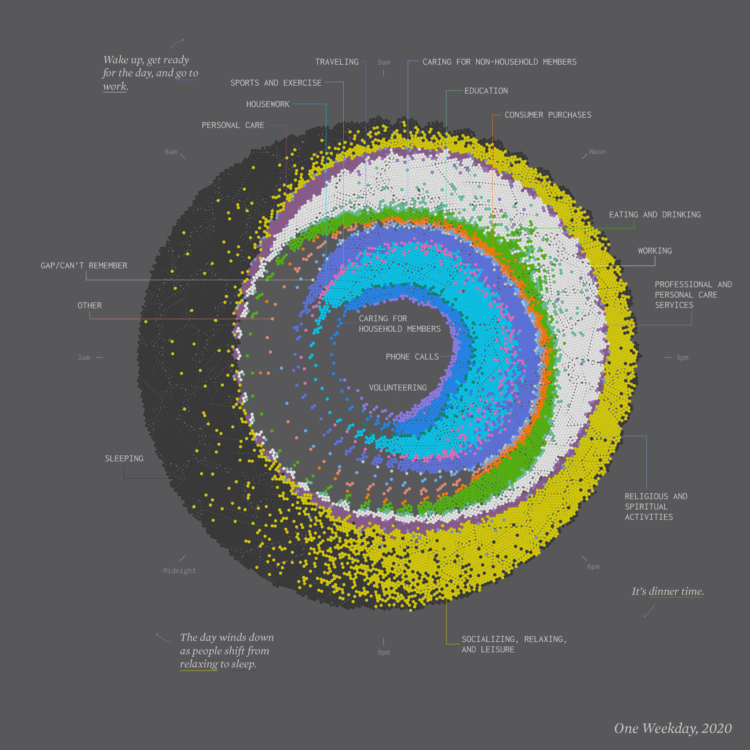
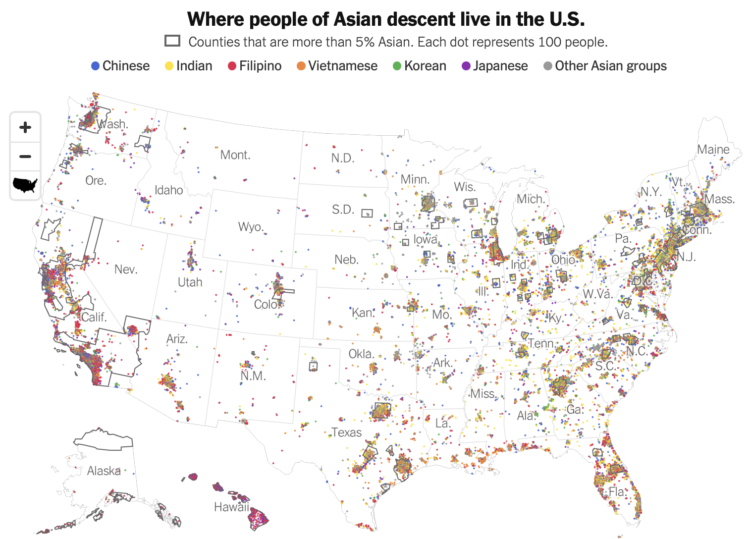
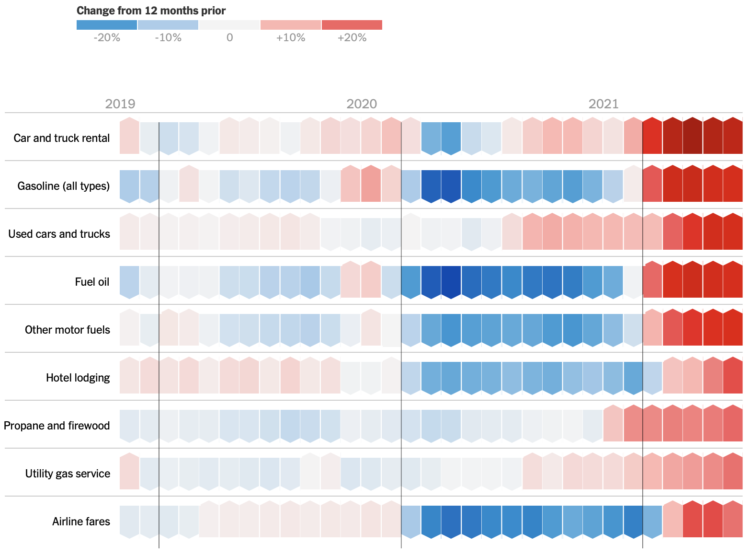
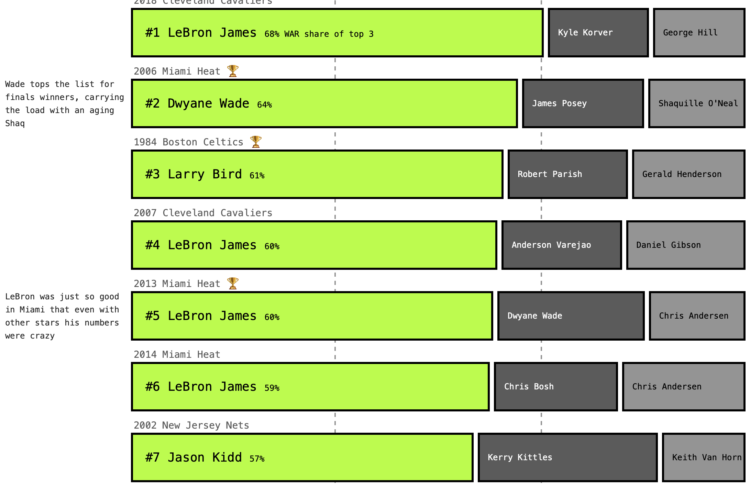
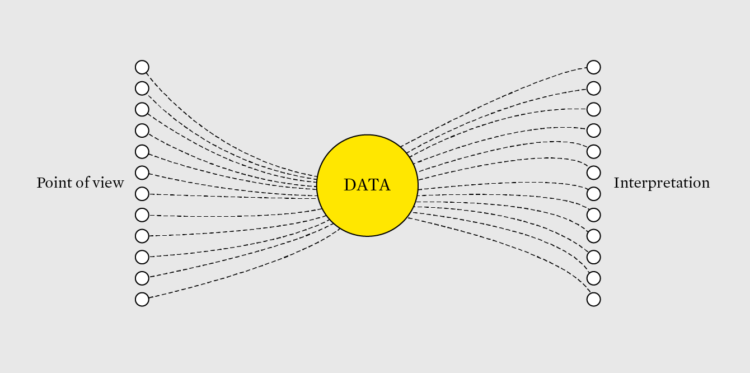

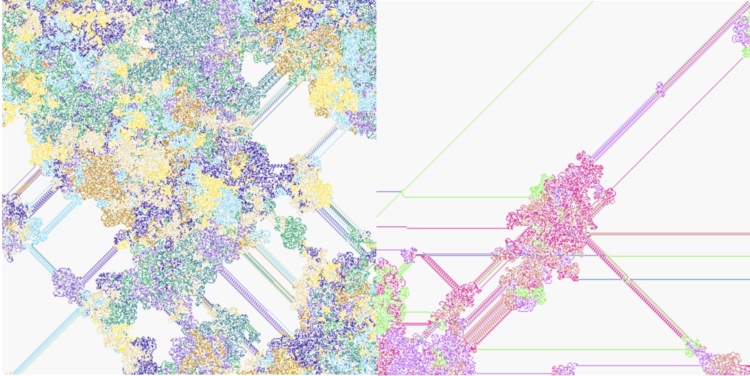
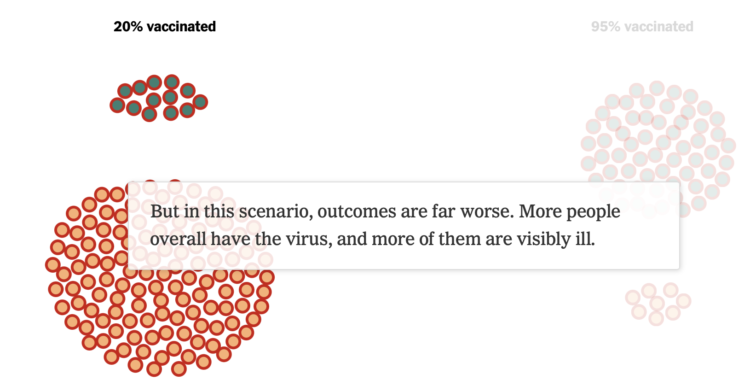
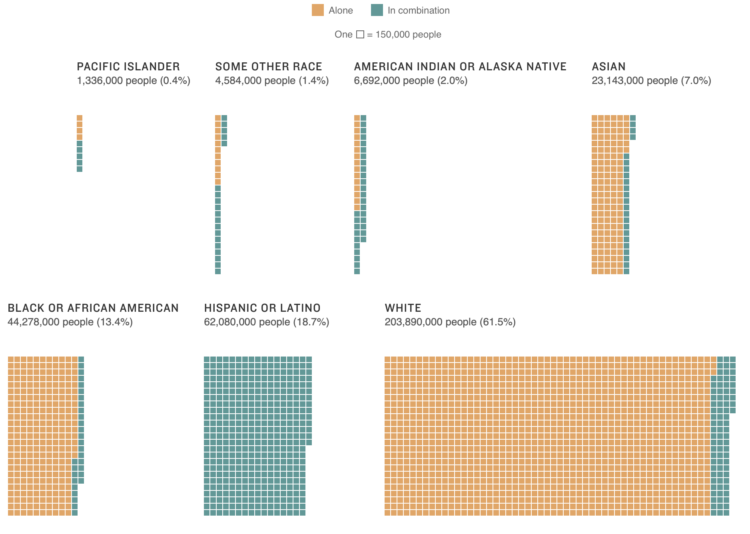

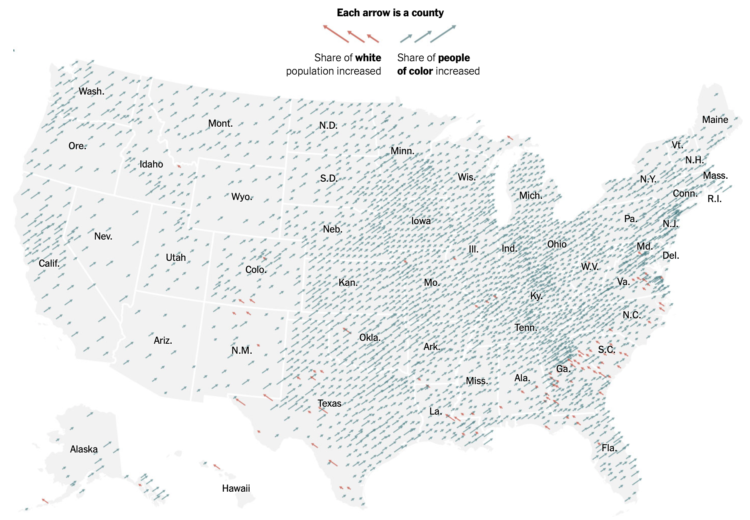




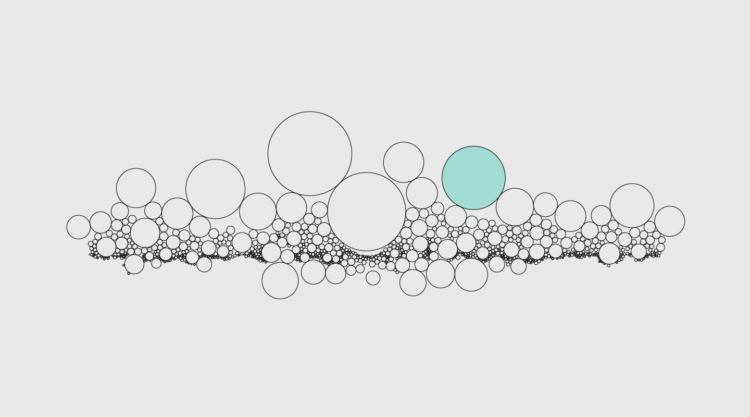
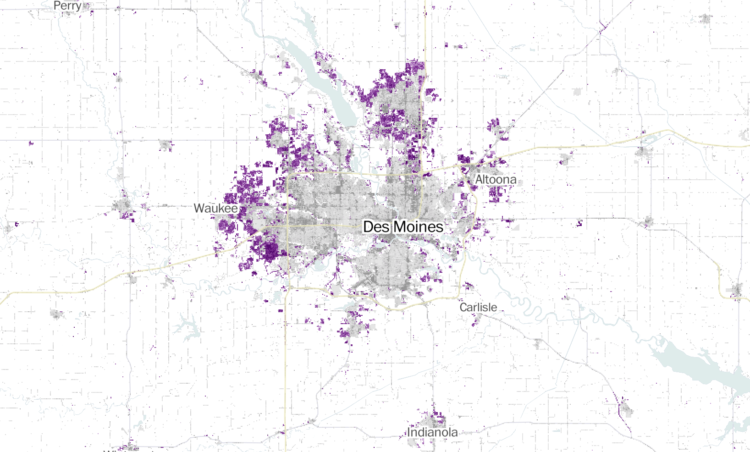









 Visualize This: The FlowingData Guide to Design, Visualization, and Statistics
Visualize This: The FlowingData Guide to Design, Visualization, and Statistics
